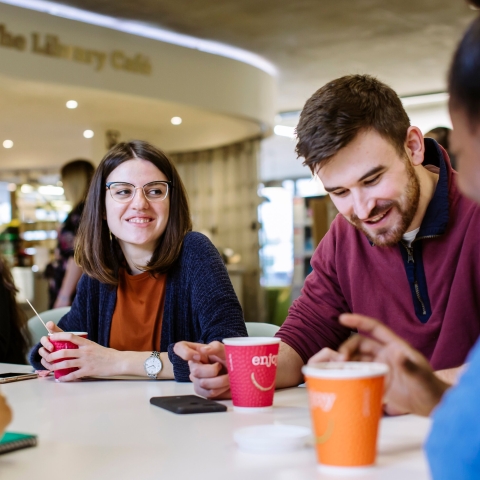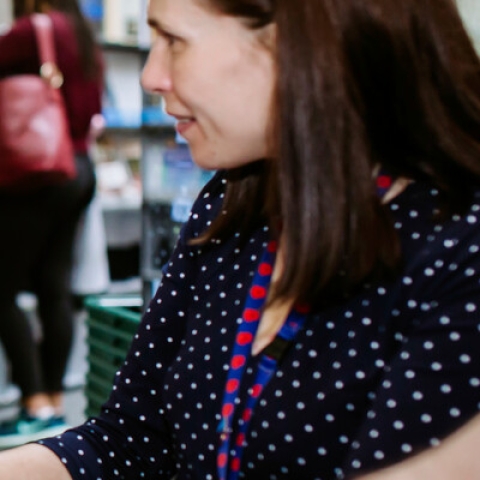
You've got your group, held your first meeting and tackled your assignment brief. Now to transform your working group into a team.
Explore how your team members can work together constructively and use your individual skill sets to compliment each other. There are lots of team models to work from. Knowing your learning style or preferences can be a great place to start.
Style preferences: the activist, reflector, pragmatist, theorist model
This tables shows a simplified adaption of Honey and Mumford's model in their Manual of Learning Styles (1992). We are all combinations of these styles. You may have a dominant style preference in particular contexts, but this can vary in different situations and at different times. As you gain experience you'll probably become more ‘multi-modal’ in style and develop the ability to use different learning styles, regardless of your default style. Consciously mixing and matching styles and strategies to different contexts is a useful skill to learn.
| Style | Style characteristics |
|---|---|
| Activist | Acts first, asks questions later. Open to new experiences. Adaptable. Less comfortable working alone or to detailed instruction. Can be impatient with detailed or lengthy rationale/explanation. |
| Reflector | Cautious observation precedes any action. Good at data collection/ analysis and ‘big picture’ conclusions. Tendency to miss deadlines. Can be less adaptable in faster changing situations. Tend to dislike being pushed to conclusions. |
| Pragmatist | Excited when applying theory and technique to a challenge. Putting ideas to work comes naturally but needs to see the point and benefit of putting such ideas to work. Can find others’ lack of focus irritating. |
| Theorist | Relishes logic and rationale, and objectivity and evidence-based thinking. Can find lack of structure and clarity uncomfortable. Discussing feelings is not a strength. |
Working out your style preference
Use the above model to identify and discuss your team's overall style profile. Ask each team member to rank themselves against the style characteristics above with the following criteria. You can give yourself the same rank for more than one style preference.
There are no right or wrong, or better or worse outcome to this; this is about open and honest self-appraisal.
| Criterion | Rank value |
|---|---|
| "I am mostly like this" | 4 |
| "I am often like this" | 3 |
| "I am sometimes like this" | 2 |
| "I am rarely like this" | 1 |
Working examples
Some worked examples of this are shown below.
Nikhil's rank values
- Activist - 1
- Reflector - 2
- Pragmatist - 4
- Theorist - 4
Nikhil sees himself mostly with Pragmatist/Theorist characteristics, sometimes with Reflector characteristics, and rarely with Activist characteristics.
Susize's rank values
- Activist - 4
- Reflector - 1
- Pragmatist - 2
- Theorist - 1
Suzie sees herself with mostly Activist characteristics, sometimes with Pragmatist characteristics, and rarely with Reflector or Theorist characteristics.
Team profile
Once you have all ranked yourselves individually you can to start to build a team profile. Start by bringing all of your profiles together, like in this table:
| Name | Activist | Reflector | Pragmatist | Theorist |
|---|---|---|---|---|
| Nikhil | 1 | 2 | 4 | 4 |
| Suzie | 4 | 1 | 2 | 1 |
| Zahraa | 1 | 3 | 1 | 4 |
| Sam | 1 | 2 | 2 | 3 |
| '3's and '4s' | 1 | 1 | 1 | 3 |
Figure out where the strengths and possible skill gaps your team are but counting how many '3's or '4's there are in each column. We've added this to the last row of the table above.
This example shows all styles are accounted for, with a combined tendency towards the Theorist style. This could suggest that the practicalities of delivering their assignment may be difficult. Identifying this at the beginning of your project means you can plan for this risk and manage potential issues as a team.
By identifying your team strengths you've worked together on a task that will contribute directly to your project outcome. You know each other better and have already started to problem-solve and to think constructively about solutions to challenges.









